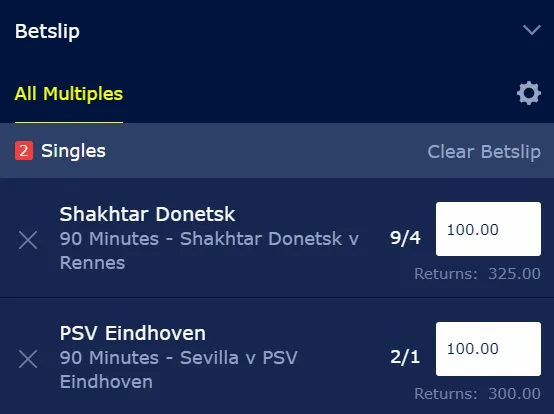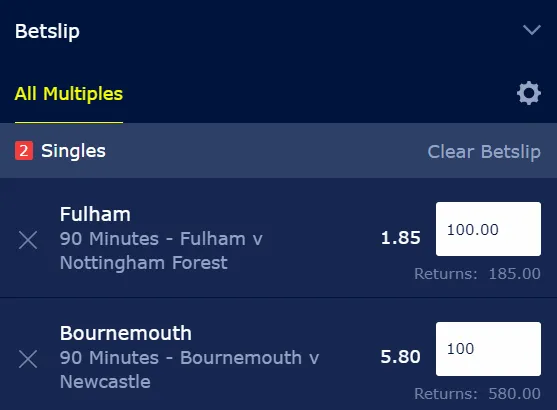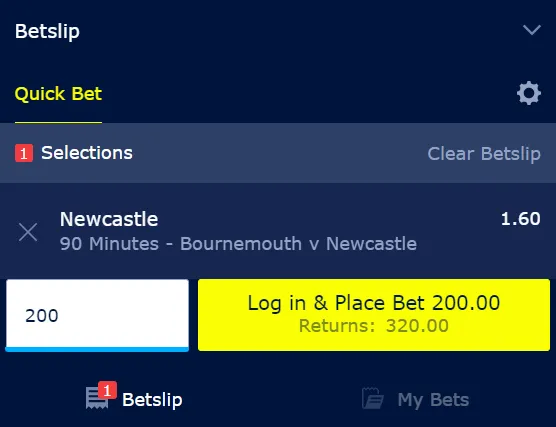
In the world of betting, it is handy to know the betting odds, and their formats, as they shape the probability of winning, as well as the amount of possible profit. In this article, we will analyze the term, and discuss the most popular odds formats, and their specifics.
The odds mean a numerical indicator illustrating the probability of winning in a particular sports event. They are being set based on the analysis of various factors, such as the team condition, the history of confrontations, the current conditions of the players, the psychological and moral state of the participants in the match, and many others. Based on the gathered data, the analysts calculate odds to help predicting the outcomes of the events, calculate the possible profit from a bet won.
The world of sports betting has the 3 most popular odds formats: American, Fractional (UK) and Decimal (European). The popularity of said formats fluctuates from region to region (as their names imply). Each of the types represents a different odds format, radically different from the other. One must correctly understand the chosen odds format since the calculation of possible profit depends on it.
The betting odds make an important tool for assessing the likelihood of winning in sports betting. As we've already said, there are 3 most popular formats: American, Fractional and Decimal. The skill of reading odds can make a big difference in the strategy, and future income. Next, we are to study each of 3 types of odds, understand the basics of reading coefficients, and analyze real examples of each format.
American odds are most common in the US. This odds format looks like a decimal number with a + or a - sign. So, the American type actually looks like +150, -120, +215, etc.
This odds format illustrates the probability of winning by demonstrating the potential amount of winnings from a $100 stake, or by showing the amount of the bet to be wagered to receive a $100 income. In order to understand, how to read betting odds in American format - let's consider an example: the +150 odds here mean that one may make a profit of $150 for every $100 wagered. At the same time, the -125 odds indicate that one must wager $125 in order to make a $100 profit.

Pluses and minuses in American odds indicate the probability of an event outcome:
American odds format is quite simple:
Calculating a bet with American odds is quite easy, but one must use different methods for the plus and minus options.
A + sign odds
To calculate a plus bet, use the following formula: V = ((K / 100) + 1) * S, where V means the possible payout amount, S is the stake amount, and K is the odds (the + excluded).
For example, let's take the +115 odds and the $250 stake. The total winnings are: ((115/ 100) +1) * $250 = 2.15 * 250 = $537.5.
A - sign odds
In this case, one must use a slightly different formula: V = ((100/K) +1) * S, where V means the possible payout amount, S is the bet amount, and K is the odds (without the - sign).
For clarity, let's take the -125 odds and the amount of the stake of $200. Here, in case of success, the payoff is like this: ((100/125) + 1) * $200 = 1.8 * 200 = $360.
British or fractional odds are the type of odds often used in horse races, and sports betting in the UK. They illustrate the ratio of the winnings to the stake wagered, shown in the form of a fraction where the denominator indicates the required stake needed to be wagered in order to make a profit of the amount from the numerator. Namely, the fractional sportsbook odds indicate the number of winnings for each 1 monetary unit wagered. British odds are as follows: 4/3, 2/1, or 2/3.
For example, the 4/3 odds means that for 3 units wagered one can get a net profit of 4 units. That is, with a $90 stake, one's income may be $120 (in this case, the total payout is $90 + $120 = $210).
Converting British odds to the classical decimal is quite simple: you need to add 1 to the fractional value (Kd = Kb + 1). In the above case, we have (4/3) + 1 = 2.33.

You also need to remember that the larger the numerator of the fraction, the higher the odds, and the smaller the denominator, the higher the probability of a successful transaction.
To calculate a bet with fractional odds, you need to multiply the betting stake by the numerator of the fraction, and divide it by the denominator. For example, if you want to wager a $100 stake with the 5/2 odds, then expect your winnings to amount to ($100 * 5) / 2 = $250.
European type of odds is the most common in the European part of the world form of indicating the chances of success in sporting events. The odds are to be written down as numbers with a decimal point reflecting the ratio of the expected payout to the size of the betting stake.

The formula for calculating a bet with Decimal odds looks like this: V = S * K, where V means the possible payout amount, S is the betting stake size, and K is the odds. To find the expected net profit, one must subtract 1 from the odds before multiplying (V = S * (K - 1)). For example, with a $150 stake wagered on the 1.7 odds, the full payout of the bet is ($150 * 1.7) = $255, and the net profit amounts to ($150 * (1.7 – 1)) = ($150 * 0.7) = $105.
Now, when the Decimal odds specifications are explained - let's look at one example. To calculate a bet with decimal odds, you need to multiply the stake amount by said coefficient. For example, let's analyze the match of the 23rd round of the Premier League of the 2022/2023 season, Bournemouth vs Newcastle United. The bookies set the odds to 1.6 for the guest win, so let's wager a $200 stake on it.

If Newcastle wins, then our bet will win us the amount of ($200 * 1.6) = $320, with the net profit of ($200 * (1.6 - 1)) = ($200 * 0.6) = $120. As you can see, calculating European odds is also quite simple.
Any bettor dreams of having a stable profit and a high income from sports betting, but only a few can "stay afloat" solely through their own skills/luck. Most bettors with a solid and consistent income from betting dabble in betting with value bets and/or surebets. Before now, the search for such events took a very long time, and lots of bettors have hardly found even a single arbitrage situation on their own. Now the times have changed, and there are special surebet services.
BetWasp is one of the best surebet and value bet scanners. Every minute, this app scans betting lines for 43 sports set by more than 40 popular in US and Canada bookies. BetWasp users receive any and all existing relevant and valid surebets, and value bets in a matter of seconds. The service helps to save time significantly and also it helps to increase the income from bets.
The 7-2 odds mean a probabilistic expression of the positive outcome of an event in the betting industry. Such odds mean that out of 9 possible outcomes of an event, there are 7 outcomes of one type and 2 outcomes of the other type. The calculation of the 7-2 odds means that for every 9 events your choice may be successful 2 times, and in other 7 cases your choice will "fail".
The 7-2 odds are most popular in the UK, particularly in horse racing and football (soccer) matches.
The Vegas odds is a unique betting system created by professional bettors of Las Vegas back in the 1930s. Over the years, this system has only improved, eventually resulting in a unique "power rating" for a variety of sports.
Nowadays, the Vegas odds are being used by bookies as a reference to reduce the odds differences between gambling establishments around the world. The bookmakers are trying to set the betting line according to the Vegas chances since otherwise, it may lead to disastrous consequences for gambling establishments. Of course, first of all, said the system was created to increase the income of the BOs, but with its help, the bettors may also win "big".
The Vegas odds are written down in the form of American odds (which is logical, duh), showing the probability of success (e.g., +150) or that of a loss (-150).
The main difference between American, British, and European odds is how they are shown. The US/UK odds are being written down as total winnings divided by the betting stake size (e.g., +135 or 3/2), while European odds are being expressed as decimal numbers (e.g., 1.85). However, in both cases, the odds determine the percentage probability of winning and the bookmakers’ revenue, and also lead to the same result either when winning or losing.
Sure, you can easily convert one odds format to another. To do this, you must calculate the figures yourself with the help of the conversion formulas, or you may use a specific online calculator.